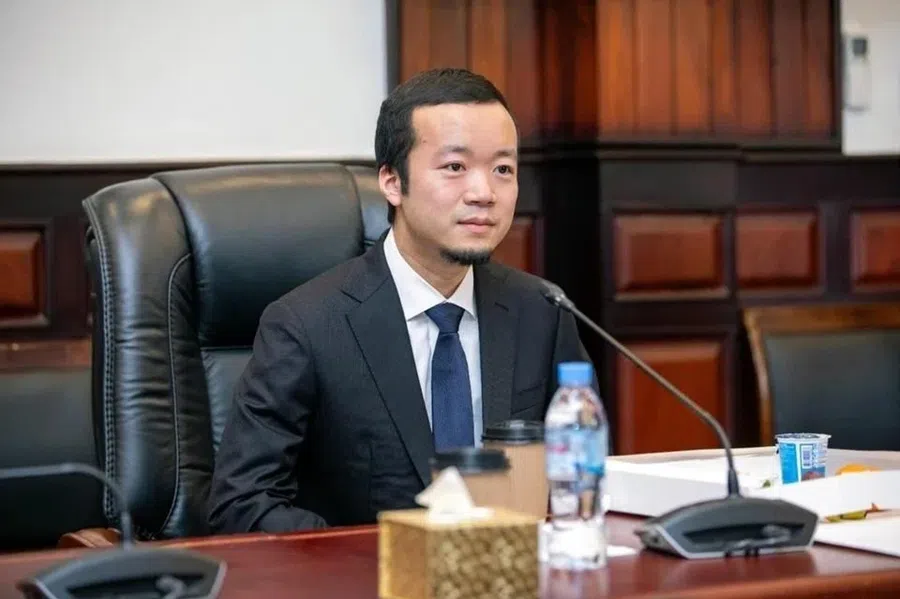Japanese academic: Does China have the right formula for economic recovery?
Japanese academic Toshiya Tsugami analyses China’s recent stimulus package, asking if the Chinese government will be able to implement hard choices to improve China’s economic situation.
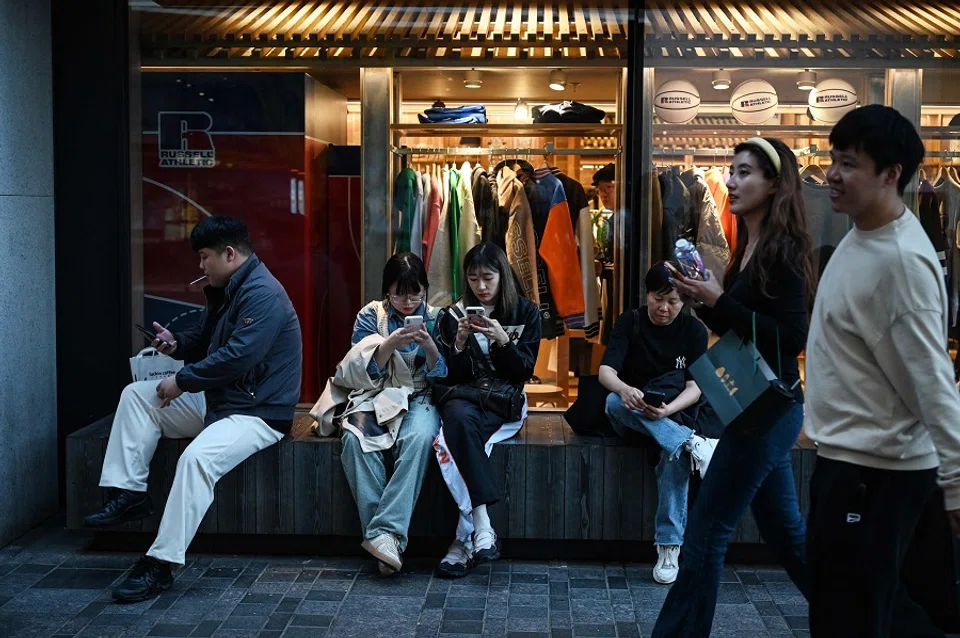
The Political Bureau of the Chinese Communist Party held a meeting on 26 September, announcing a major economic stimulus package. The reason for holding the meeting to discuss economic issues at this unusual time is that the economic situation in China has continued to deteriorate over the past several months.
Not only were economic indicators deteriorating across the board. The real estate slump showed no sign of bottoming out, and local government finances, which depended on land sales, continued to deteriorate. Within the country, concern was spreading that the Xi Jinping administration was failing to address the worsening economy.
Public’s anxiety finally reached national leadership
The communique issued by the Politburo was unusual in its wording and content. Expressions such as “facing difficulties squarely”, “guaranteeing necessary fiscal spending”, and “implementing effective interest rate cuts” were used, probably because the public’s anxiety had finally reached the national leadership.
Financial measures were announced around the time of the Politburo meeting. The main points are as follows.
1. Reduce the reserve requirement ratio (RRR) by 0.5 percentage points in the near term (providing about 1 trillion RMB (US$141.82 billion) of long-term liquidity to the financial market)
2. Reduce the reverse repo rate (the central bank’s benchmark interest rate) by 0.2%
... the Xi Jinping administration’s policies to deal with the serious problems facing China, such as the unwinding of the property bubble and local fiscal crises, have often had a tendency to “pass the buck” to the banking sector.
3. Reduction in mortgage rates for existing home loans by 0.5 percentage points, and the ceiling for home purchase loans will be increased to 85% (up to second home)
4. Injection of new money into the core capital of the six major state-owned banks
5. Provide a total of 800 billion RMB in stock market support funds to financial institutions (with the suggestion that additional funds will be provided depending on the circumstances)
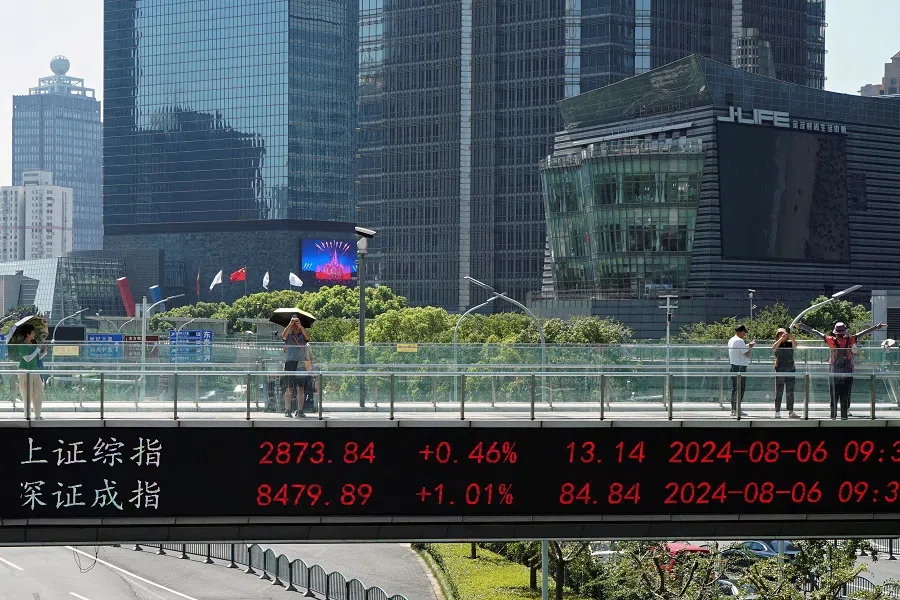
These financial measures were larger than expected and completely reversed the pessimistic sentiment that had spread across China. In particular, the funds supporting the stock market were enthusiastically welcomed by the market, and the Shanghai Composite Index, which had fallen to a low of around 2,700-point level in September, rose nearly 24% to 3,300-point level in just two weeks.
Passing the buck to the banking sector
However, the Xi Jinping administration’s policies to deal with the serious problems facing China, such as the unwinding of the property bubble and local fiscal crises, have often had a tendency to “pass the buck” to the banking sector. These include asking banks to provide additional risky loans to struggling real estate companies, helping cash-strapped local governments refinance their debt, and asking banks to cut interest rates.
The abovementioned financial measures resemble previous ones in that they impose sacrifices on the financial sector, such as reducing interest margins, but the communique also mentioned fiscal policy.
The text includes phrases such as “stimulating consumption by improving people’s livelihoods” and “strengthening support for groups with employment difficulties, such as the elderly, the disabled and the long-term unemployed”, which when coupled with the phrase “guaranteeing necessary fiscal spending”, has raised hopes that this will lead to the long-awaited expansion of fiscal spending in the civilian sector.
... whether the latest stimulus package will be different from the past will depend on how serious the government is about fiscal spending and whether new ideas are added to how it is used.
Past policies have been criticised for focusing too much on investment and neglecting consumption, but whether the latest stimulus package will be different from the past will depend on how serious the government is about fiscal spending and whether new ideas are added to how it is used.
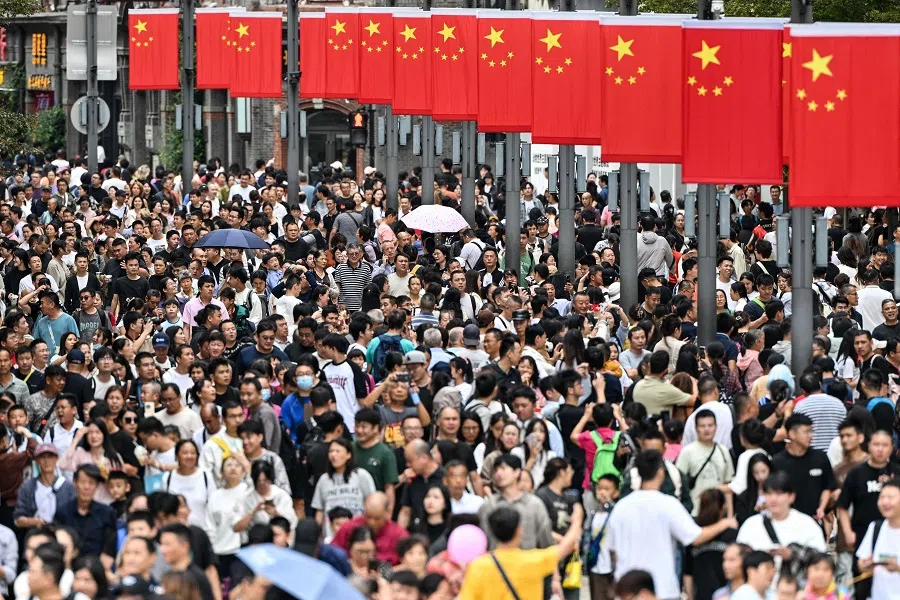
While the communique remained silent on the scale of fiscal spending, media reports suggest the government will issue two trillion RMB worth of special sovereign bonds this year, with an additional six trillion RMB in special treasury bonds over three years. There’s even news of a scholar close to the Ministry of Finance mentioning the possibility of a ten trillion RMB government investment. Let’s examine three possible scenarios below.
What China needs now
1) Issue two trillion RMB of government bonds to increase infrastructure investment
This is a piecemeal measure that has been repeated in the past. Moreover, if the money is not used in a novel way, the improving sentiment in the country will quickly fade, which is not unlikely.
2) Continue to issue two to three trillion RMB worth of government bonds for three to five years (total ten trillion RMB), and add real estate measures and public welfare spending to infrastructure investment
The policy of “continuing to issue special government bonds for several years” was already announced at the National People’s Congress in March, but if the total amount is revealed as ten trillion RMB, it would cause a big stir. Given the substantial amount, it’s expected that the funds will be allocated beyond infrastructure investment.
3) Issue ten trillion RMB of government bonds in one to two years and significantly increase real estate and civilian spending
A scholar who supported the early economic policies of the Xi Jinping administration recently proposed this idea. He said that in order to change the current situation of excessive investment and expand consumption, bold fiscal spending should be made to improve social security for migrant workers, etc.
I believe this is the approach China needs most right now, but given the large amount of money involved and its similarity to Japan’s Abenomics, it is probably the furthest from the mainstream thinking of the conservative Chinese Communist Party.
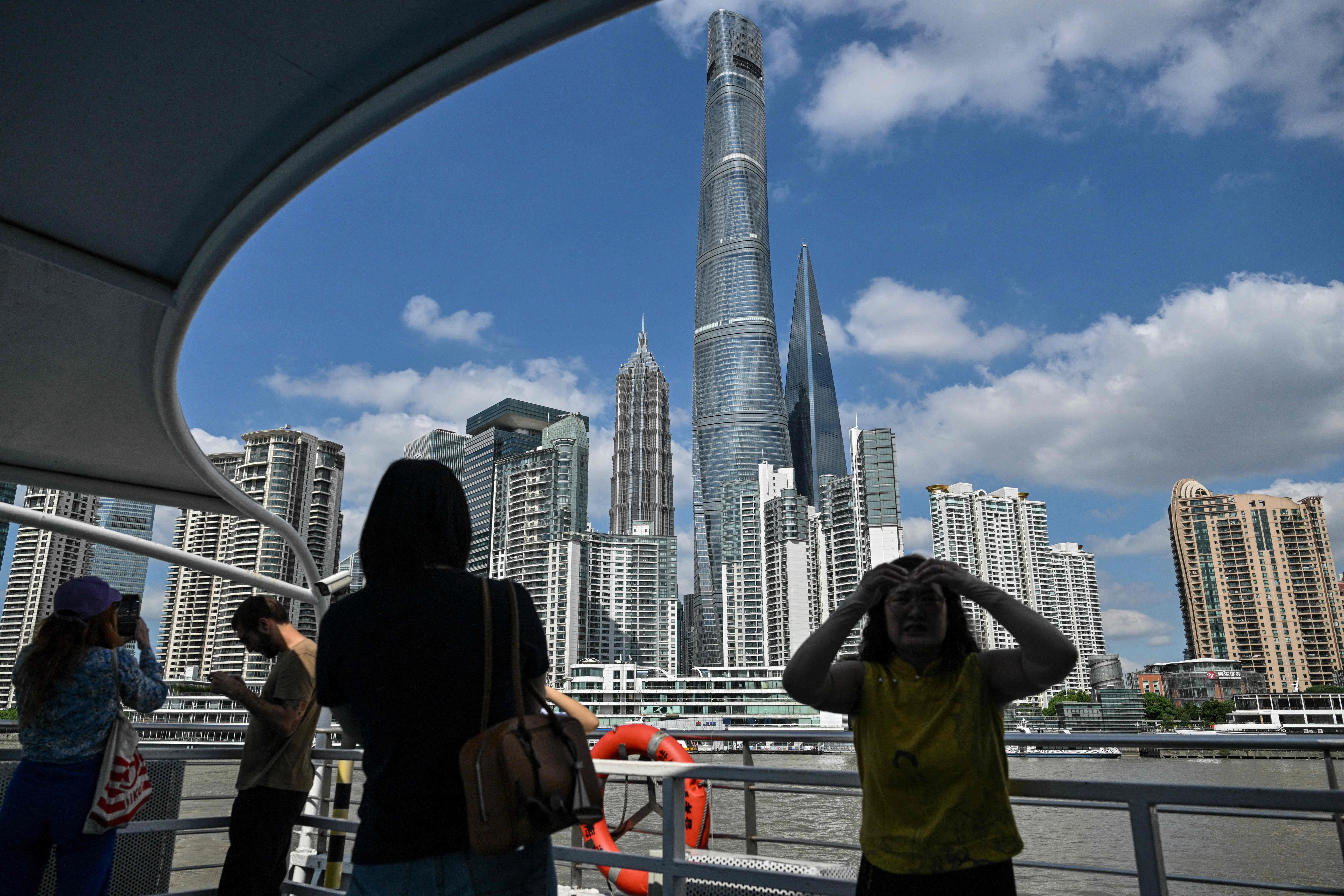
Issuing a huge amount of government bonds in a short period of time will create tension in the financial markets, but a leading macroeconomic scholar has said that “if the central bank buys them through open market operations (‘just print more money to cover the cost’), there will be no problem”.
I believe this is the approach China needs most right now, but given the large amount of money involved and its similarity to Japan’s Abenomics, it is probably the furthest from the mainstream thinking of the conservative Chinese Communist Party.
Temporary solutions and long-term institutional reforms necessary
There are three more fundamental financial problems.
First, local government finances are in a critical situation with excessive debt and a drastic decline in land revenue, making it difficult for them to fulfill their responsibilities in both the economy and people’s lives. An example of this is the long delays in the payment of large contracts by local governments across the country, which is fuelling the economic downturn.
To solve the problem, rather than a temporary measure, a fundamental and permanent fiscal reform that seeks to align both the revenue and expenditure sides with the central finances is inevitable. The communique also calls for “the introduction of a private economy promotion law”, but it would be far more effective and urgent for local governments to resolve debt defaults against private companies than to establish new laws.

Second, one reason for the inability to expand consumption, which is seen as a challenge, is that the public, worried about the future, prioritises saving, and another reason is the weak fiscal input in the civilian and social security sectors.
It is particularly ugly that retired civil servants and party officials enjoy generous social security benefits, while discrimination against migrant workers remains unresolved. China is winning various championships in international competition in industries such as electric vehicles and solar panels, but it will not be recognised as a first-class nation until this irrational discrimination is eliminated.
The third real estate-related measure can be temporary, but the first one regarding local government finance, and the second one on social welfare require permanent institutional reforms.
Third, the authorities should face the reality of the collapse of the real estate bubble. Regarding the problem of unfinished buildings (“Baojiao lou”, 保交楼), the central government should provide debt guarantees, assuming responsibility instead of shifting the risk to financial institutions.
The policy of buying up excess inventory and converting it into public housing (or affordable housing) will not be effective unless it is purchased at a market price that is significantly lower than the original price. This will require a willingness to liquidate real estate companies and address bad bank loans.
The third real estate-related measure can be temporary, but the first one regarding local government finance, and the second one on social welfare require permanent institutional reforms. This is because neither local governments nor citizens would want to change their behavioural patterns if government measures are temporary.
All of these issues involve enormous difficulties in implementing reforms and huge financial burdens, but if the authorities continue to put them off, the situation will only get worse. The Politburo communique used the expression “gan zi dangtou” near the end. It means “just do it (with the words “do it!” emphasised),” and it is a phrase that national leaders should take to heart.





